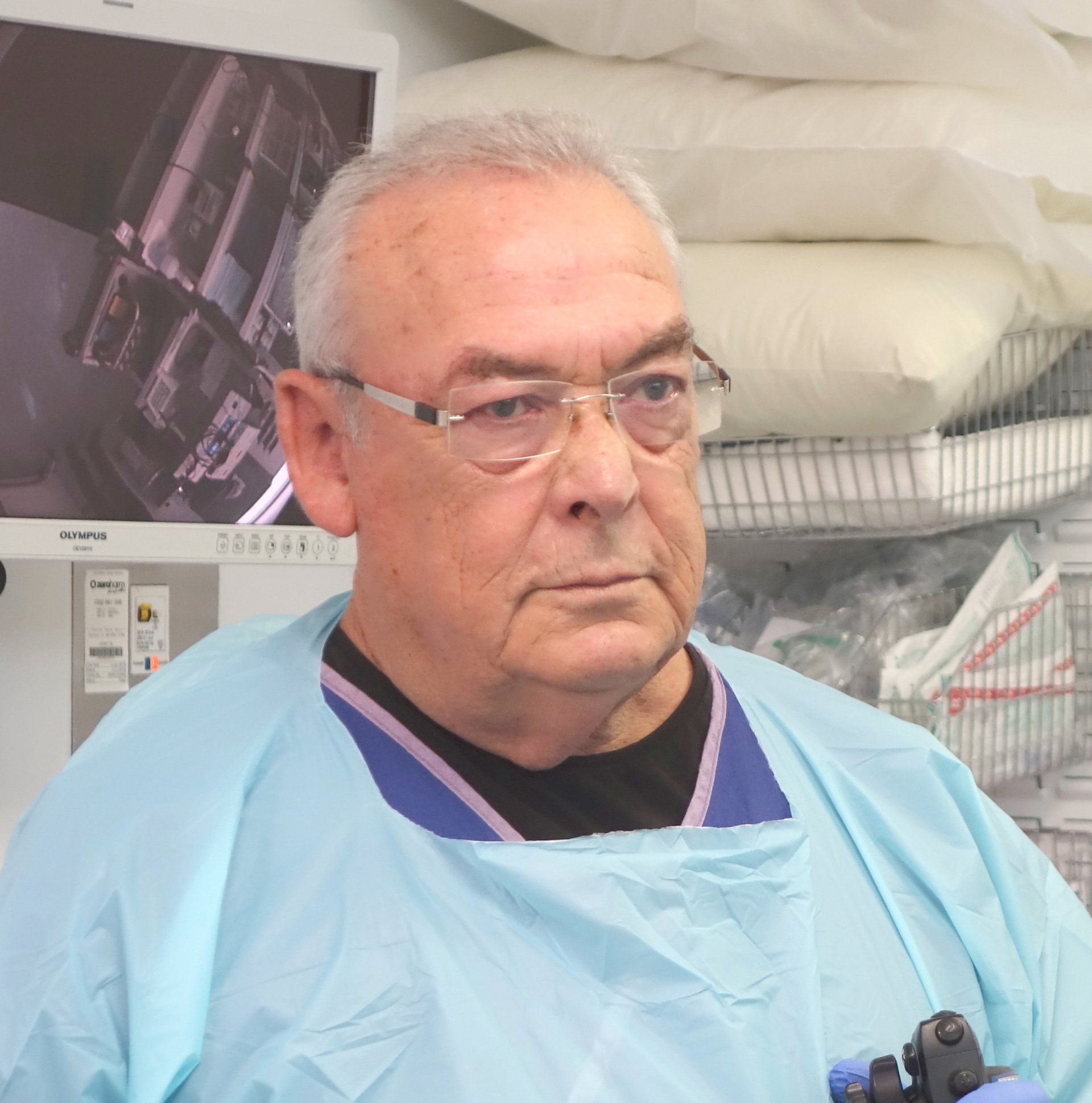Liver Cirrhosis
What is Liver Cirrhosis?
Cirrhosis is a slowly progressive disease where scar tissue replaces healthy liver tissue.
The blood flow of the liver is blocked by the scar tissue along with reduced production of proteins and other substances. Ultimately the proper functioning of the liver is hindered by the process of Cirrhosis.
Who are Affected by Liver Cirrhosis?
Cirrhosis is one of the major causes of death in both men and women. However, it is more commonly found in men.
The ethnicity most affected by this disease is the non-Hispanic blacks followed by Mexican Americans.
Other factors such as a low level of education, poverty, along with diseases like diabetes, binge drinking, hepatitis C and B, and old age were all independently associated with cirrhosis.
How does Liver Cirrhosis Affect the Body?
As the name suggests, the liver is the main anatomic structure being affected by this disease, which undergoes scarring due to persistent fibrosis of the liver tissue.
What are the Causes?
Few of the most common causes of cirrhosis are:
- the liver’s long-term viral infections (hepatitis types B and C),
- obesity and diabetes associated with fatty liver disease, and
- excessive abuse of alcohol.
Furthermore, cirrhosis can also be caused by anything that damages the liver, such as,
- Cystic fibrosis;
- Glycogen storage diseases, where the body is unable to process glycogen;
- IPHA-1 antitrypsin deficiency (the liver lacks a certain enzyme);
- The abnormal liver functioning causing diseases which include, hemochromatosis (excessive absorption and deposition of iron into the liver and other organs), and Wilson's disease (excessive storage of copper in the liver);
- Autoimmune diseases of the liver, such as autoimmune hepatitis; primary sclerosing cholangitis, primary biliary cholangitis and overlap syndromes;
- Bile duct blockage can also lead to cirrhosis as the bile duct carries bile from the liver to the intestines and helps fats digestion.
- Recurrent episodes of heart failure causing congestion, owing to the fluid accumulating into the liver.
- Although there is a decreased chance, cirrhosis can also be caused by other factors, such as reactions to certain drugs, increased contact with environmental contaminants, or parasitic infections.
What are the Signs & Symptoms of Liver Cirrhosis?
The stage of the disease determines the symptoms of cirrhosis, initially, there are no symptoms, and however certain symptoms seen on the progression of disease are:
- Lack of desire to eat
- Tiredness
- Sudden weight loss or weight gain
- Bruising of skin
- Jaundice
- Pruritus
- Edema in the lower extremities of the body
- Urine which is brownish or orange in colour
- Pale coloured stools
- Confusion, perplexity, and changes in personality
- Blood in the stool
- Presence of fever
One of the earliest sign of cirrhosis is the retention of salt and fluid, which can begin as a swollen ankle or leg, followed by ascites (fluid in the abdomen), which can become infected (peritonitis), and requires antibiotics therapy.
A liver transplant may be required in the people having severe fluid retention despite treatment.
What are the Types & Stages of Liver Cirrhosis?
There are two stages of liver cirrhosis by which it can be differentiated into types.
Compensated Cirrhosis
This type of cirrhosis does not exhibit any symptoms since the liver is still healthy enough to compensate for the damaged cells and scarring of cirrhosis.
Owing to lack of symptoms, this stage of cirrhosis can be diagnosed during a regular checkup or blood tests and prevented from leading to liver damage.
Decompensated Cirrhosis
This type of cirrhosis occurs after compensated cirrhosis. In this stage, the liver has undergone excessive scarring to cause further complications.
In decompensated cirrhosis is associated with one of the following conditions:
- Jaundice
- Hepatic encephalopathy,
- Ascites etc.
How is Liver Cirrhosis Diagnosed?
The diagnosis of liver cirrhosis can be done by the following methods,
- Physical examination:
A doctor feels and observes the liver for signs of a bumpy or irregular liver, which exhibits a cirrhotic liver.
- Blood tests:
On the suspicion of cirrhosis, certain blood tests are conducted to determine liver disease.
- Imaging:
Computerized Tomography (CT) scan or ultrasound can also be done in certain cases to observe the liver
- Biopsy:
For the confirmation of diagnosis, a sample of tissue (biopsy) from the liver can also be taken.
- Surgery: Cirrhosis can also be diagnosed during surgery in certain cases so that the doctor is able to observe the entire liver. A laparoscopy of the liver can also be done.
What are the Complications with Liver Cirrhosis?
Liver Cirrhosis is itself can be life threating. If the symptoms are not controlled in a timely manner, they may lead to the following complications,
- Variceal Bleeding:
Varices are enlarged veins of the esophagus and stomach when portal hypertension takes place, it results in the blockage of blood flow via the liver making Varices fragile, and resultantly cirrhosis can lead to variceal bleeding and severe hemorrhaging (bleeding).
- Hepatic Encephalopathy: Chronic cirrhosis can lead to hepatic encephalopathy (confusion and other mental changes). The liver is unable to detoxify the toxins in the intestines owing to cirrhosis, therefore encephalopathy occurs by the accumulation of toxins in the blood.
Other complications associated with Liver Cirrhosis are:
- Kidney failure
- Reduced blood oxygenation
- Diabetes
- Change in blood counts
- Increased chance of infections
- Excessive bleeding and bruising
- Breast enlargement in men
- Premature menopause
- Reduced muscle mass
Dr Donald Walker
Write your caption hereMore
Dr Johan Van Den Bogaerde
Write your caption hereMore
Trusted for more than 25 Years
PANCREAS & BILIARY
Digestion Problems - Dyspepsia









